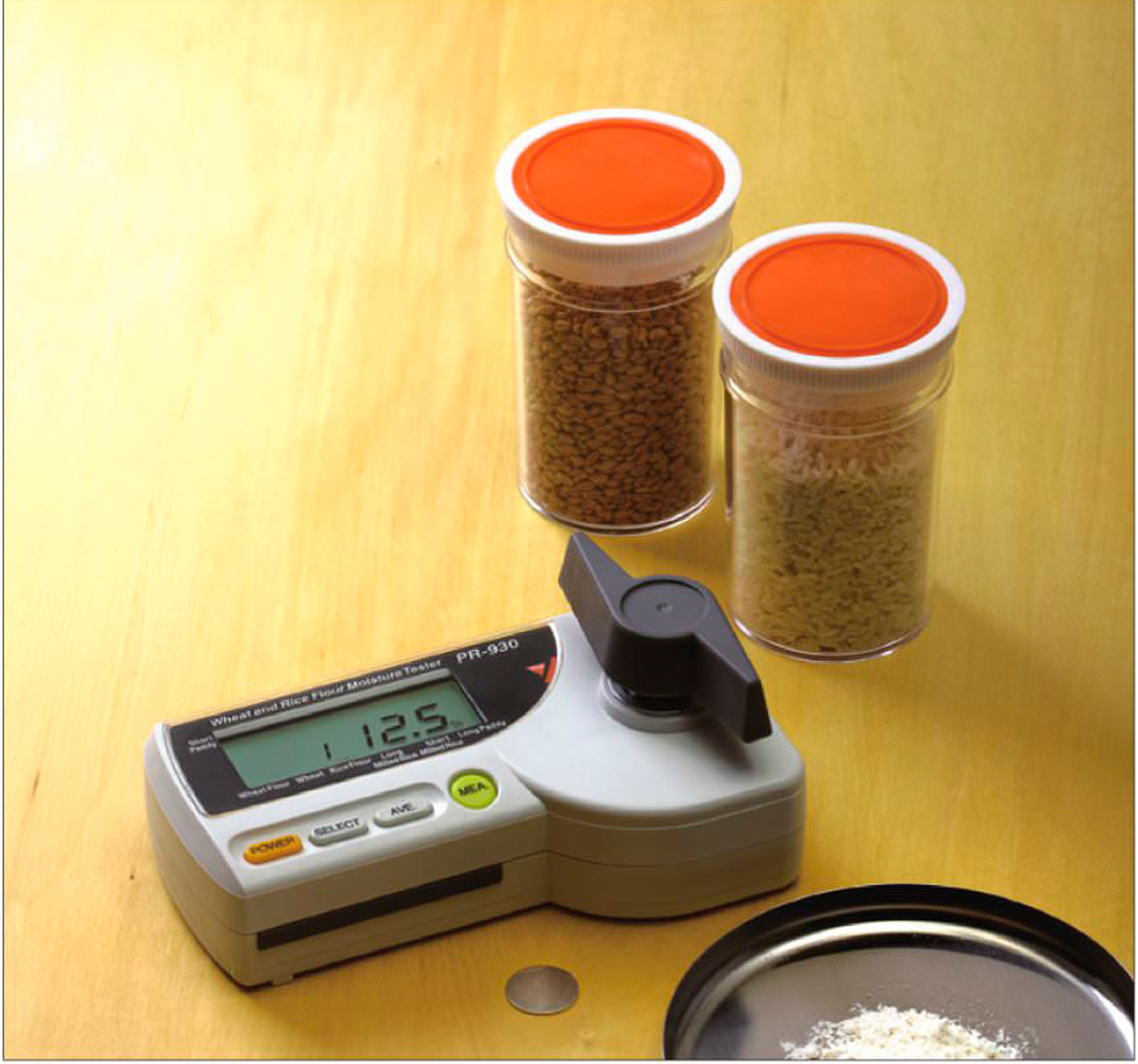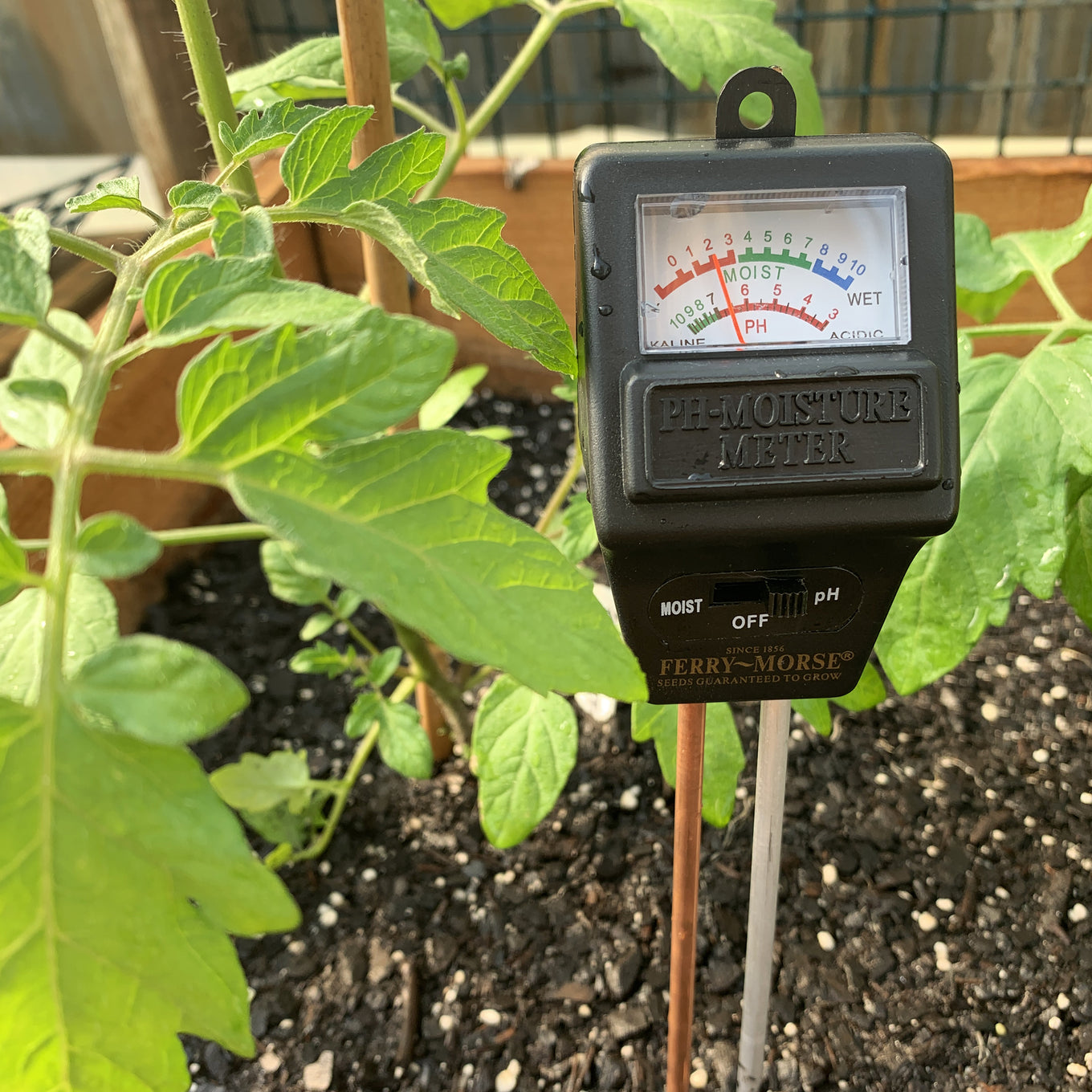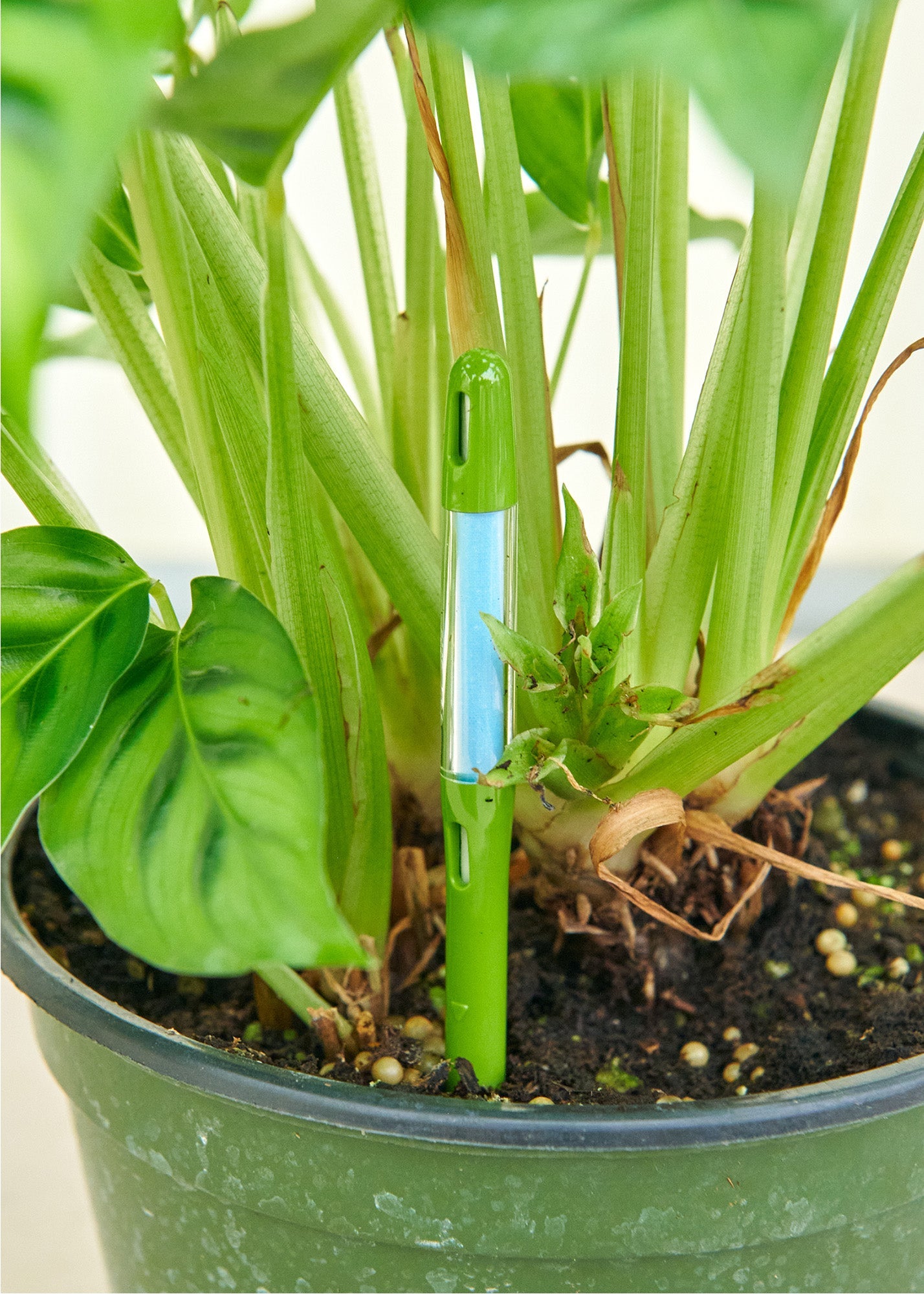Understanding the Importance of a Moisture Meter in Preventing Mold and Water Damages in your house
In the realm of home upkeep, the existence of moisture can usually be a silent yet formidable adversary, qualified of causing prevalent mold and mildew growth and dangerous water damages if left untreated. Amidst the relaxing setting of a house, hidden wetness concerns can brew beneath the surface area, presenting a hazard to both property and health. Nonetheless, equipped with the right tools and understanding, house owners can proactively fight these prospective hazards. Recognizing the importance of a wetness meter in this fight is not simply an alternative but a calculated necessity.
Significance of Moisture Detection
Reliable wetness discovery techniques are crucial for protecting homes and stopping prospective mold growth and water damage. Dampness can permeate right into numerous building products, leading to structural concerns and health risks. By making use of a wetness meter, homeowner can proactively identify areas prone to excess dampness, enabling for prompt intervention and reduction approaches.
Moisture meters offer precise readings of wetness levels in different products such as concrete, timber, and drywall. This data helps in pinpointing locations of problem, even in hard-to-reach or covert areas. Early discovery of wetness buildup allows prompt fixings or modifications to prevent additional damages.

How Moisture Meters Job
Dampness meters play a pivotal function in the positive recognition of excess dampness, assisting in the avoidance of possible mold and mildew development and water damages by giving accurate readings of moisture degrees in various building products. Some progressed wetness meters combine both pin and pinless technologies for extensive wetness detection. Comprehending exactly how moisture meters function is vital for precise and timely wetness level evaluations, allowing effective preventive steps against mold and mildew and water damages.
Finding Early Warning Indications
Upon initial evaluation of a building, identifying subtle indicators of excess moisture becomes crucial in the very early discovery of prospective mold development and water damages. Some common very early caution signs consist of mildewy odors, water stains on wall surfaces or ceilings, peeling paint or wallpaper, and warped or stained surface areas. Mildewy odors often show the existence of mold and mildew or mold, even if no noticeable signs appear. Water discolorations can indicate leakages or seepage, while peeling off paint or wallpaper may be an outcome of wetness compromising the attachment of these materials to the surface area. Warped or blemished surface areas, such as distorting floorboards or discolored drywall, are clear indicators of water damages. Furthermore, an increase in allergy signs and symptoms or respiratory concerns among owners may recommend the visibility of mold because find here of excess moisture. By without delay determining and addressing these early caution indications, home owners can reduce the threat of extensive mold and mildew development and water damage in their properties.
Avoiding Mold And Mildew Development
Recognizing early warning indicators of excess moisture within a building not only allows punctual detection of potential mold and mildew growth and water damages but likewise offers as an aggressive action in avoiding the expansion of mold and mildew. To properly prevent mold growth, it is important to attend to any kind of resources of dampness promptly.
Keeping an eye on wetness levels in locations susceptible to look these up dampness, such as cellars and creep spaces, using a dampness meter can likewise aid in very early detection of raised wetness levels and potential mold and mildew development - Moisture Meter. By taking positive measures to protect against excess wetness and mold development, property owners can safeguard their building and indoor air quality.
Advantages of Regular Surveillance
Normal monitoring of moisture levels in a residential or commercial property can play a vital duty in keeping a healthy and balanced interior setting and stopping prospective mold and mildew and water damages. By consistently checking moisture degrees, homeowners can find any concerns without delay and take necessary activities to stop mold growth and water damage.
Moreover, regular surveillance enables homeowners to track patterns and fads in wetness degrees over time. Eventually, the regular surveillance of moisture levels equips house owners to safeguard their property, secure their wellness, and maintain the integrity of their indoor environment.

Conclusion

By utilizing a wetness meter, property owners can proactively recognize areas susceptible to excess moisture, permitting for timely treatment and mitigation strategies.

Keeping track of moisture levels in locations prone to wetness, such as cellars and crawl areas, making use of a dampness meter can additionally assist in early detection of raised wetness degrees and potential mold and mildew growth. (Moisture Meter)